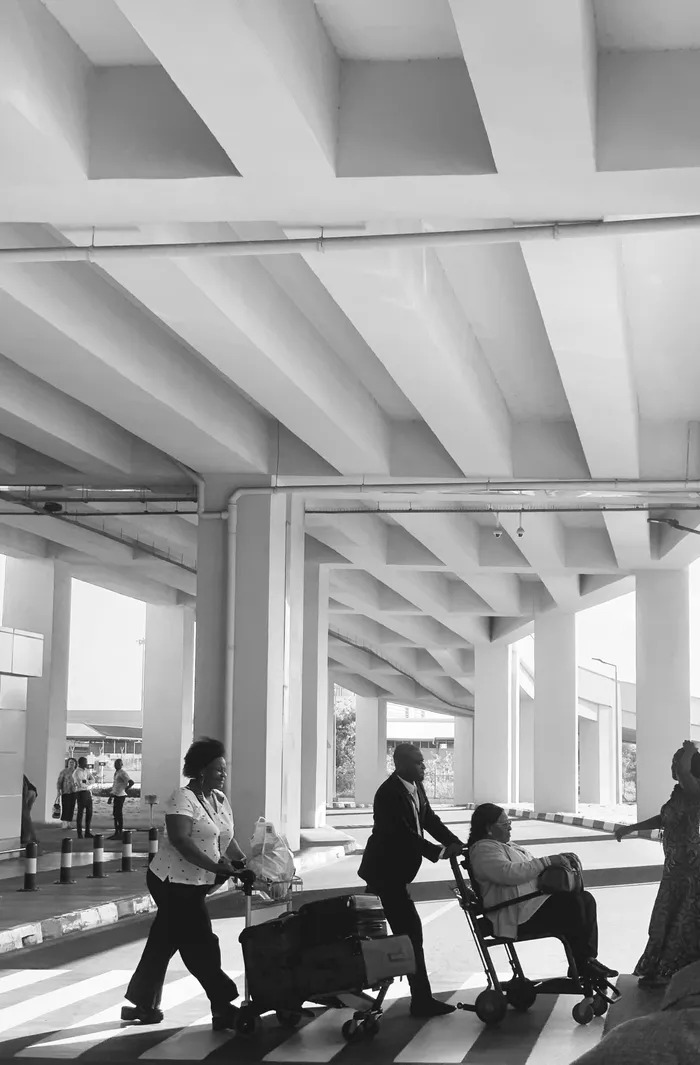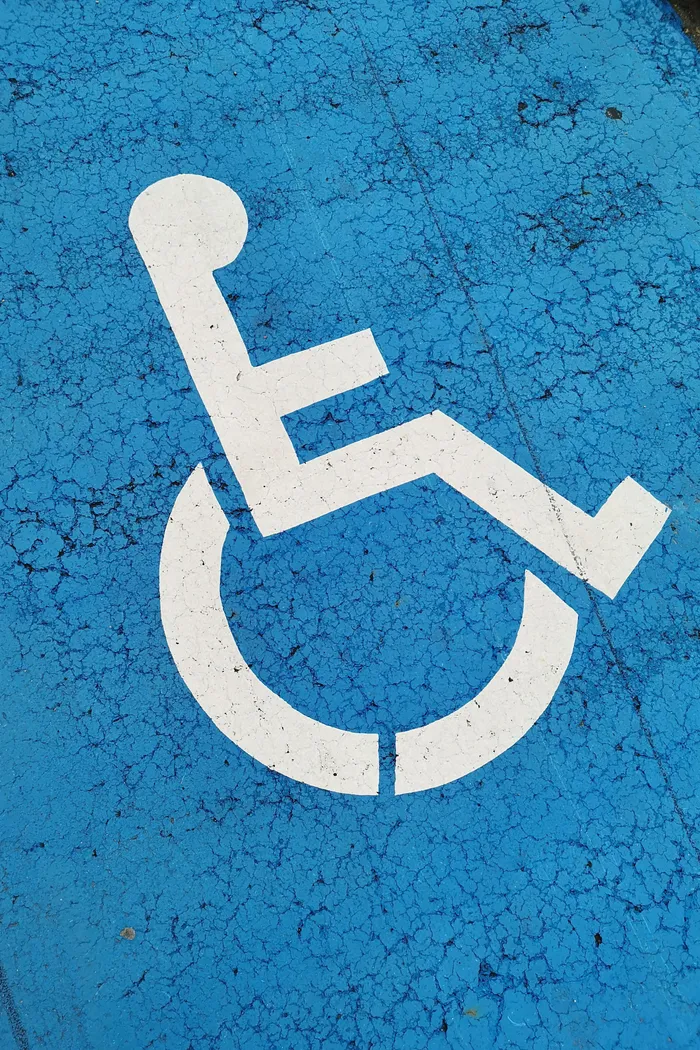Air travel's new problem: are passengers faking wheelchair needs?

Passenger requests for wheelchair services has soared in recent years, forcing airlines to rethink policies originally intended to help those who genuinely need them.
Image: Pexels
Social media touted it as a travel hack to gain priority boarding and skip long queues, but this has led to a 30% increase in airline passengers requesting wheelchair assistance when they don't really need it.
This is according to the International Air Transport Association (IATA), which has responded to airlines and airport officials voicing concern over the "rampant" abuse of the wheelchair service.
The CEO of Frontier Airlines, Barry Biffle, has even identified it as a new problem plaguing the profitability of his discount airline.
Wheel in, walk out
Biffle told "Fortune Magazine" that he once saw 20 passengers board the aircraft with a wheelchair, while only three deboarded using the same accessibility service. Each wheelchair use costs the airline between $30 and $35, and Biffle argued that abusers of the service are hindering those who really need it.
“Everyone should be entitled to it who needs it, but you park in a handicapped space they will tow your car and fine you.There should be the same penalty for abusing these services,” he told "CNBC".
Air India has also reported increases, particularly on routes to the US, and it has struggled when there has been a shortage of wheelchairs, leaving disabled passengers inconvenienced.
It believes that the surge is a result of their service being free of charge and that it is common for family members to book wheelchair services for their elderly parents or relatives, hoping to ensure their comfort during the journey.

One airline argues that passengers should have a genuine disability in order to use the wheelchair service, just like disabled parking bays.
Image: Pexels
"CNBC" reported that on March 20, Air India’s Delhi-Newark flight had a staggering 89 passengers requesting wheelchair assistance. On February 4, a flight from Delhi to Chicago recorded 97 wheelchair requests. Then, on February 19, the Delhi-Chicago flight had 99 wheelchair bookings. That's almost 30% of passengers in the plane requiring wheelchairs.
Sources told the outlet that the Directorate General of Civil Aviation (India) is reviewing the situation and could come up with guidelines to reverse the trend, which it said posed 'serious" safety concerns associated with carrying more wheelchair-bound passengers than the crew can assist in the event of an emergency.
Wheelchair assistance was first introduced and formalised in the US by the Air Carrier Access Act (ACAA) in 1986, which mandated non-discriminatory treatment for travellers with disabilities.
This legislation, reinforced by the US Department of Transportation's regulations in 1990, was introduced because people with disabilities faced significant barriers to air travel, considered a public utility.
The ACAA ensures that individuals with disabilities can access airports and flights equally, with airlines providing services like wheelchair assistance as a necessary accommodation to achieve this equal access.
Winging it
Airport staff across various terminals have reported instances where passengers requesting a wheelchair walk normally once they pass through security and immigration. In some cases, almost 50% of passengers who requested a wheelchair service end up walking unaided after passing these checkpoints.
So, why do seemingly able-bodied passengers opt for the service?
This enables travellers to bypass queues where they get pushed in wheelchairs to the front of security lines, and at some airlines, they're the first to board the flight.
It also offers convenience where travellers can avoid walking long distances at airports because they are pushed everywhere.
Families often request wheelchairs for elderly relatives, worried they might get lost or lose their flights in the overwhelming airport environment.
Have a heart
But the problem is not so straightforward.
Take Julia Buckley, for instance. Buckley suffers from a hidden condition where she runs the risk of injury by lifting her hand luggage into the overhead storage bins, or could be stiff and unable to walk after disembarking from a 12-hour flight, forcing her to take the wheelchair option.
She wrote in "The Independent" that she's been treated with disdain by both passengers and airline crew when they see that she can stand up and walk unaided.
"Does that mean I’m faking it? No, it means I know my condition, can anticipate my needs, and am trying to save everyone’s time and my dignity," she wrote.
Some people have suggested that the problem is that passengers don't have to provide proof that they have a condition that requires a wheelchair.
Buckley had this to say in response: "I should hope not – are airport workers the Stasi? Are they doctors needing to work out a treatment plan?
"Should I have to explain the multiple ramifications of my rare genetic condition when I’m just asking someone to lift my case onto my lap instead of shove it between my legs? If a pregnant woman wants a seat on the Tube, should she have to whip out a copy of her sonogram?"
Some suggestions to address the problem include getting younger passengers to provide medical documentation, setting an age limit for accessing the service, and placing a limit on the number of wheelchairs on each flight.
Related Topics: